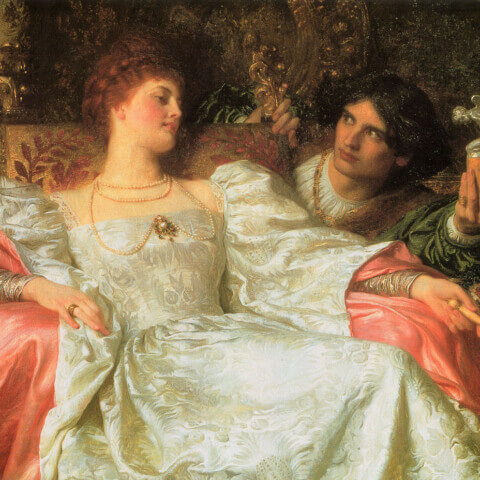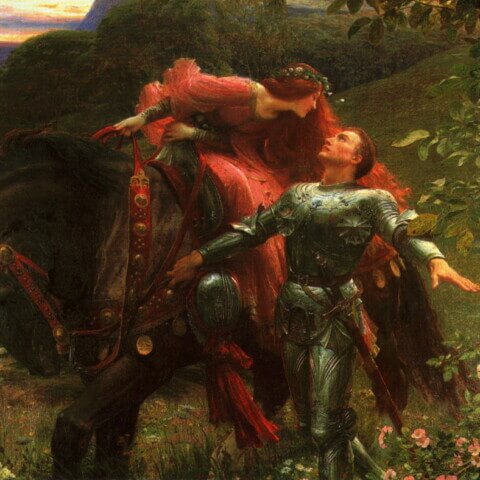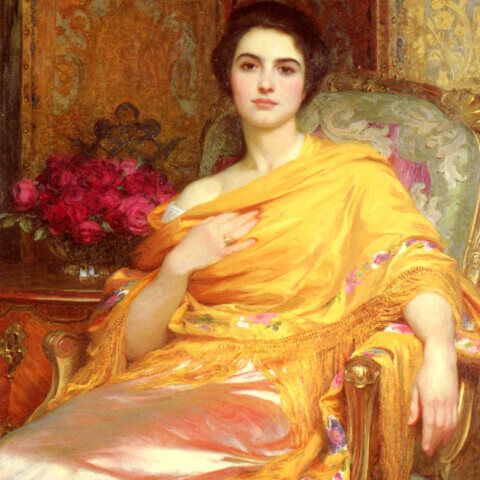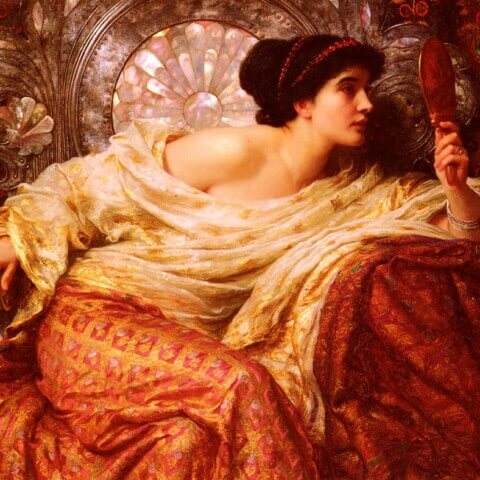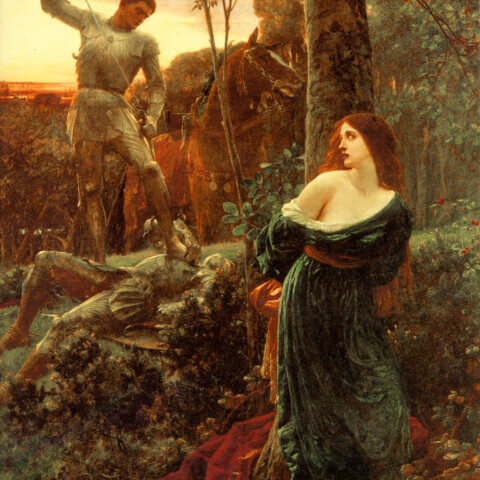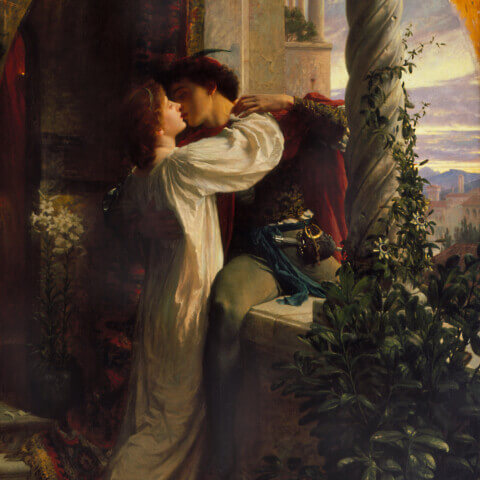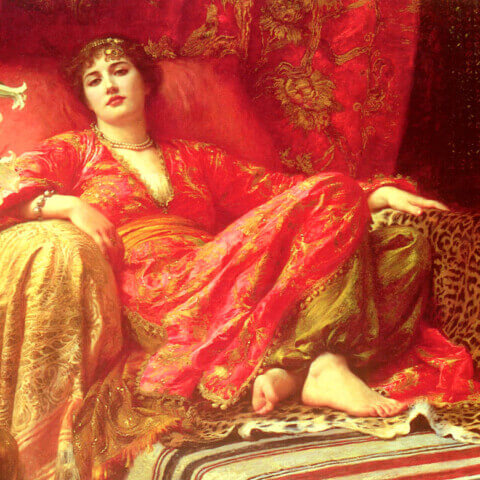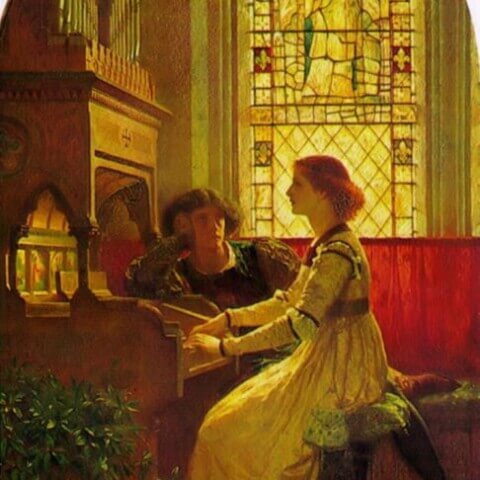Frank Dicksee
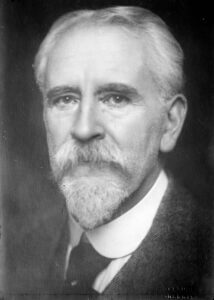
Sir Francis Bernard Dicksee, more commonly known as Frank Dicksee, was an esteemed British artist born on November 27, 1853, in London, England. His career spanned the late 19th and early 20th centuries, a time known for the Romantic and Victorian art movements.
Dicksee was born into a family of artists. His father, Thomas Francis Dicksee, was a well-known painter, and his sister, Margaret, and brother, Herbert, also pursued careers in art. From an early age, he was exposed to the world of art, and his family’s influence greatly affected his career trajectory.
Dicksee received his formal education from the Royal Academy Schools, a prestigious institution where he studied from 1870 to 1875. The time he spent there was formative, helping him to cultivate his distinctive style and to make important connections within the art world.
After leaving the Academy, Dicksee quickly gained recognition for his works, primarily focusing on historical and dramatic subjects. He excelled in painting beautiful and captivating portraits and figurative works, often drawing inspiration from the Pre-Raphaelite movement. His meticulously detailed and vibrant pieces typically showcased scenes of chivalry, romance, and passion. Among his best-known works are “Harmony” (1877), “Chivalry” (1885), “The Two Crowns” (1900), and the iconic “The Funeral of a Viking” (1893).
In 1891, Dicksee’s contributions to the art world were formally recognized when he was elected a member of the Royal Academy. Later, in 1924, he was knighted and then served as the President of the Royal Academy from 1924 until his death in 1928.
Beyond his paintings, Dicksee was also recognized as a skilled illustrator. He contributed illustrations to several notable publications of his time, including an 1895 edition of “Romeo and Juliet.”
Sir Frank Dicksee passed away on October 17, 1928. His legacy endures through his mesmerizing works, which continue to captivate audiences with their richness, intricate details, and emotive power. His influence is evident in later Romantic and Symbolist art, and his works remain popular subjects for study and appreciation in the world of art history.

